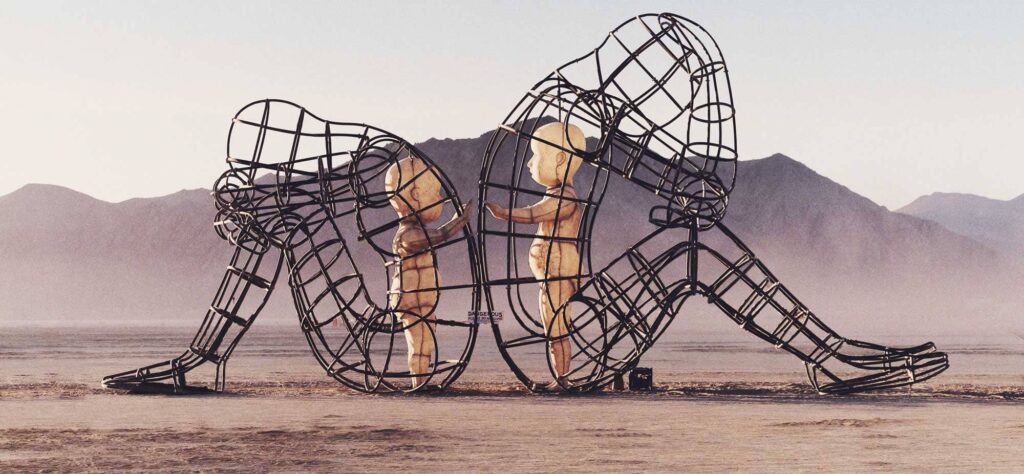[vc_row][vc_column][vc_column_text]
What is your inner child?
All of us are every age we’ve ever been all at once. Okay, but what does that mean?
On your eleventh birthday, you don’t suddenly become a brand new person. You aren’t made new because you are eleven, so your ten year old self is still there inside you. As is your nine year old self, your eight year old self, etc.
Basically, when you age into adulthood, you don’t stop being that child you once were. They just live inside you.
How do you know if it needs healing?
Our inner child’s needs reflect the needs we had in childhood that weren’t met. There are things called attachment styles which are formed in childhood. They are how we learned to form attachments with others, and in that way, determine the types of relationships we choose in adulthood (until we engage in self healing work like therapy). These attachment styles are:
- Secure attachment: easily accepting of love, trusting, gets close to others with ease.
- Anxious attachment: insecure, fear of abandonment, need constant reassurance and validation, needy.
- Avoidant attachment: fear of intimacy, difficulty getting close to people, distrust others.
- Fearful-avoidant attachment: combination of the anxious and avoidant attachment styles.
Any of the insecure attachment styles reflect a need to heal the inner child. It shows that in childhood you were given reason to believe that relationships were safer when your guard was up, that you could only believe something that was proven to you time and time again, or that others only cared about what you could give them, not about your wellbeing.
These anxious and avoidant attachment styles developed to protect you in childhood. Your mind recognized that in the situation or environment you were in, being open and vulnerable was dangerous. So you developed protective measures in order to take care of yourself when others would not.
While that may have protected you in childhood, as an adult it can hold you back. Learning to give yourself the care you were denied as a child is the first step toward healing.
What can you do to heal your inner child?
Let your inner child know you see them.
You can’t heal something you’re ignoring. And those wounds are still there because they have never healed. You need to acknowledge that those wounds are still there, that they are still affecting you, and that your inner child is deserving of the love they didn’t get when you were that age. Starting there is a small but hugely important step in validating yourself and your feelings–the first hurdle to healing.
Indulge your inner child:
Is there something that you desire but never let yourself have or do because it feels “silly” or “childish”? These are probably things your inner child longs for. Instead of being one more person who tells them that their needs are silly and unimportant, try indulging them for once and see how you feel! If you want to get chocolate milk with lunch everyday, why not? If you want to buy roller skates and teach yourself like you wanted to when you were a child, where’s the harm? Listen to what your inner child wants, and see how you feel when you let them have it.
“Listen” to what they are saying:
Pretend you’re talking to your ten year old self. What would they say to you? Why are their wounds coming back out there? What are they asking of you? You know better than anyone else what it is you need. But you might be used to ignoring those needs. Don’t do that to your inner child–especially if that’s what everyone else did to them. Tell them their feelings matter and that you want to hear them.
Healing our inner child takes a lot of work, and you don’t have to do it alone. If you’re looking for support in that healing, get in touch with us today and our counselors can help you.
[/vc_column_text][/vc_column][/vc_row][vc_row][vc_column][/vc_column][/vc_row]

